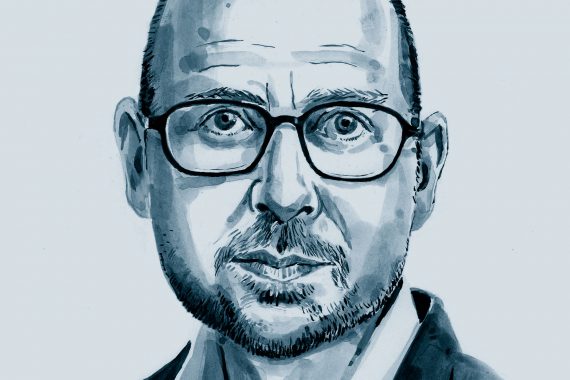Continuity is dead. Now what?

I have been a full-time, nine session GP sqaudie for nearly 25 years. Clinical practice suits my skill set; practical and pragmatic.
This work made me value the importance of continuity. I knew the patients and the families. I understood that certain families were in every week with a new symptom of health introspection, and the health anxiety being passed from generation to generation.
I didn’t do many investigations or referrals. Firstly, because I had limited access to tests like ultrasound and CT, but more importantly, I knew the probability of disease was very low. Those tingling fingers, headaches, abdominal pains and chest pains were a complex of health-seeking behaviours and beliefs.
We need to think how we might substitute continuity
We used magic, misdirection and time as test. We simply reassured many of these patients; complex symptoms dealt with without investigation in under 10 minutes. And I realised that referrals did harm by feeding the monster of health introspection. In any case, patients would wait six months to see some inexperienced snotty SHO.
Very occasionally you might be wrong and you always had to be alive to this possibility. All GPs were good at playing these probabilities based on extensive experience and continuity. These days we define these symptoms as ‘medically unexplained symptoms’ (MUS).
But the culture has changed. Occasional delays in diagnosis are no longer acceptable. GPs are fearful of being sued, being splashed across the Daily Mail or even losing their registration. So we refer more and investigate more. We do this even when we know that there is virtually no probability of illness. Even as our hospitals have got bigger, with increased numbers of referrals it still takes six months to be seen by some inexperienced snotty SHO (unless, of course, you go privately, when a consultant will see you yesterday). Continuity is less important in new culture of relentless early investigation and referral.
The generations are different too. Most Pulse readers are grizzled old GPs who spent decades on-call and worked full time in the same practice. They understand about continuity and value it, like me. But now, for many full-time general practice seven sessions a week. Part-time is the ‘new normal’. No-one wants to work out of hours and a large number GPs have never done a single out-of-hours shift.
We old GPs made too many sacrifices and work broke many. So the working experience of many Pulse readers is so far removed from current working patterns, that general practice is a different job compared to 25 years ago. Doctors want more balance in their lives and refuse to work as we did. The current generation of GPs does not value continuity and fails to see its value as a previous generation did. Also, the hospitals have already been a continuity-free zone for decades.
This new reality is a post-continuity age. And this is OK; reduced continuity can be a good thing. Sometimes patients manipulate us into doing things we shouldn’t. Put bluntly, having less personal contact makes it easier to say ‘no’ when we need too. Also some patients can be emotionally draining and dilution can help prevent burnout. Practice policies on things like the prescription of red drugs are much easier to implement when we are less personally involved. There is more oversight of clinical practice when more doctors involved. This will ultimately harmonise clinical care with less potential for clinical outliers.
If we stop railing against the loss of continuity then we can move on. We need to think how we might substitute continuity. Better clinical summaries, better note taking and read coding of MUS. Most importantly, better teaching and recognition on MUS (which represent a third of all contacts across primary and secondary care) and more resources to teach medical students in the community. The unpopular truth is that continuity is dead, long live continuity.
Dr Des Spence is a GP in Maryhill, Glasgow, and a tutor at the University of Glasgow









